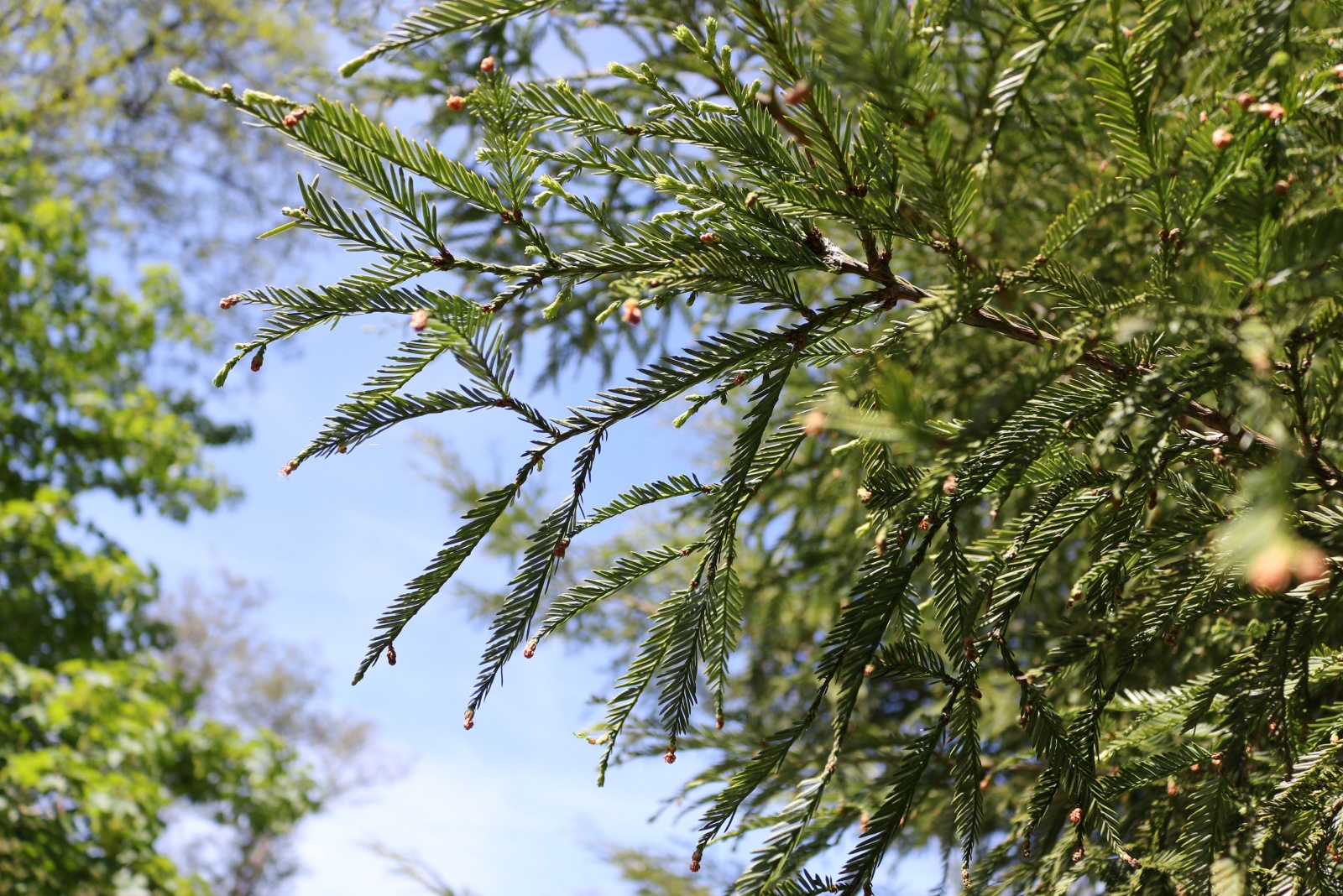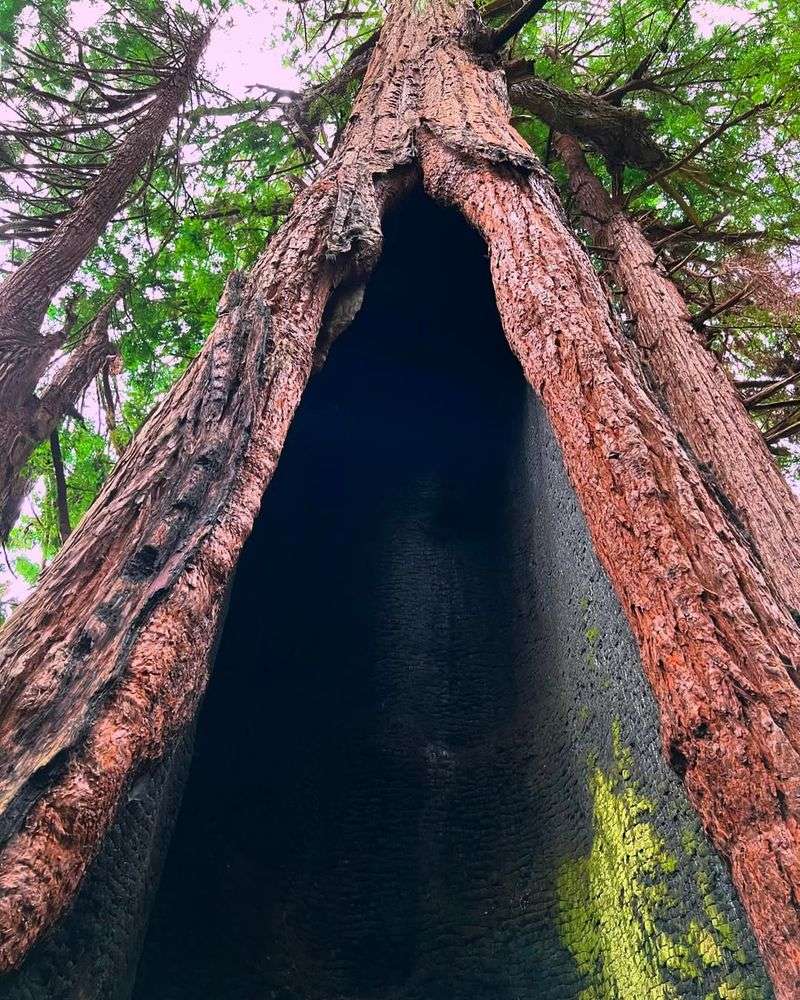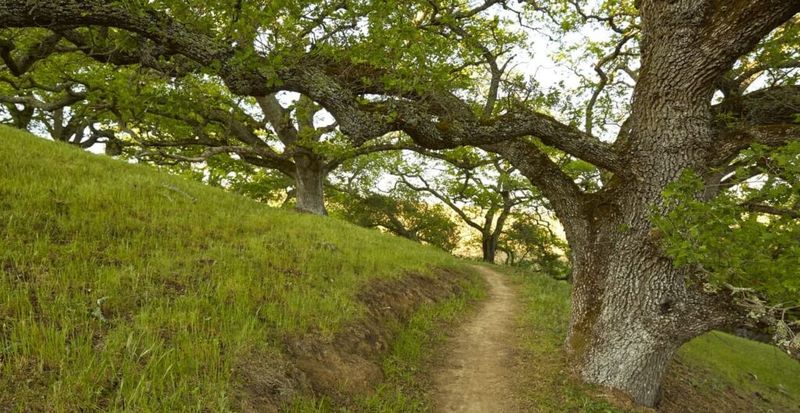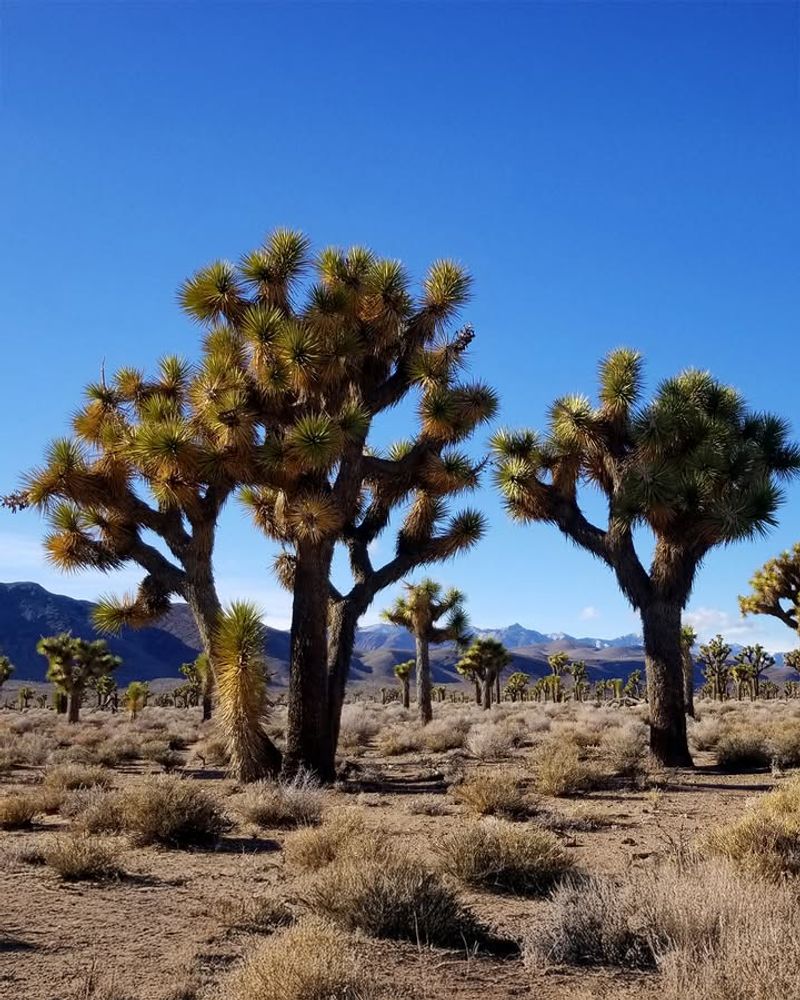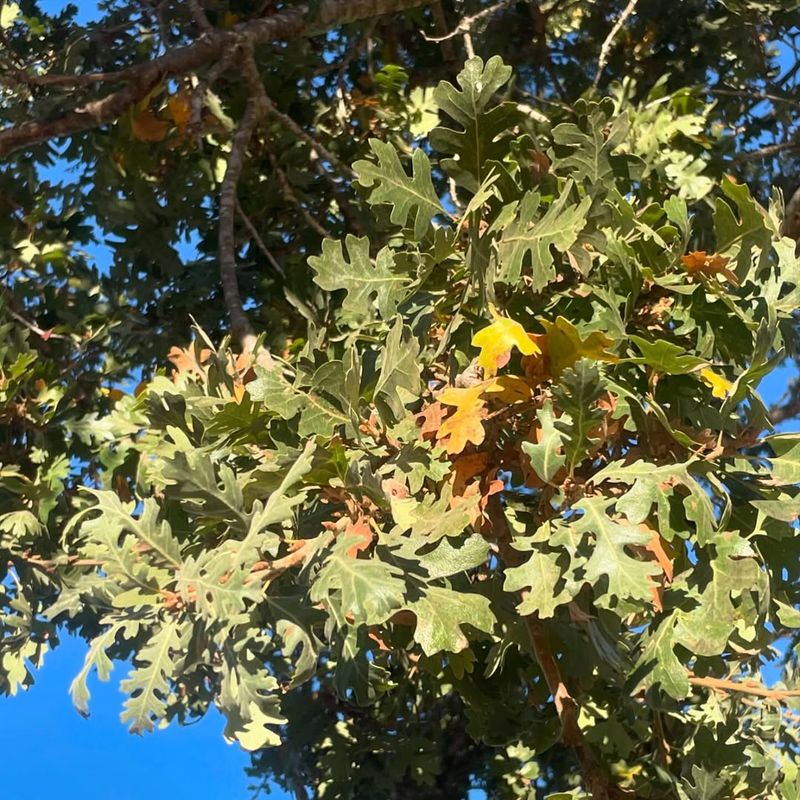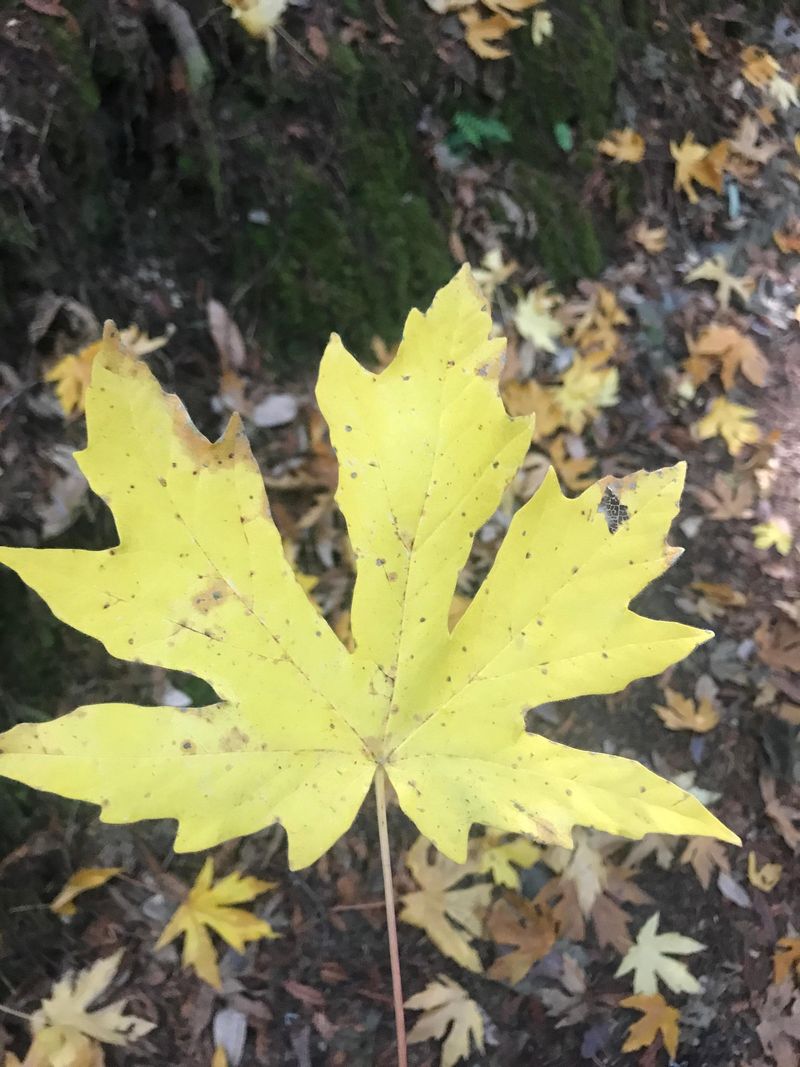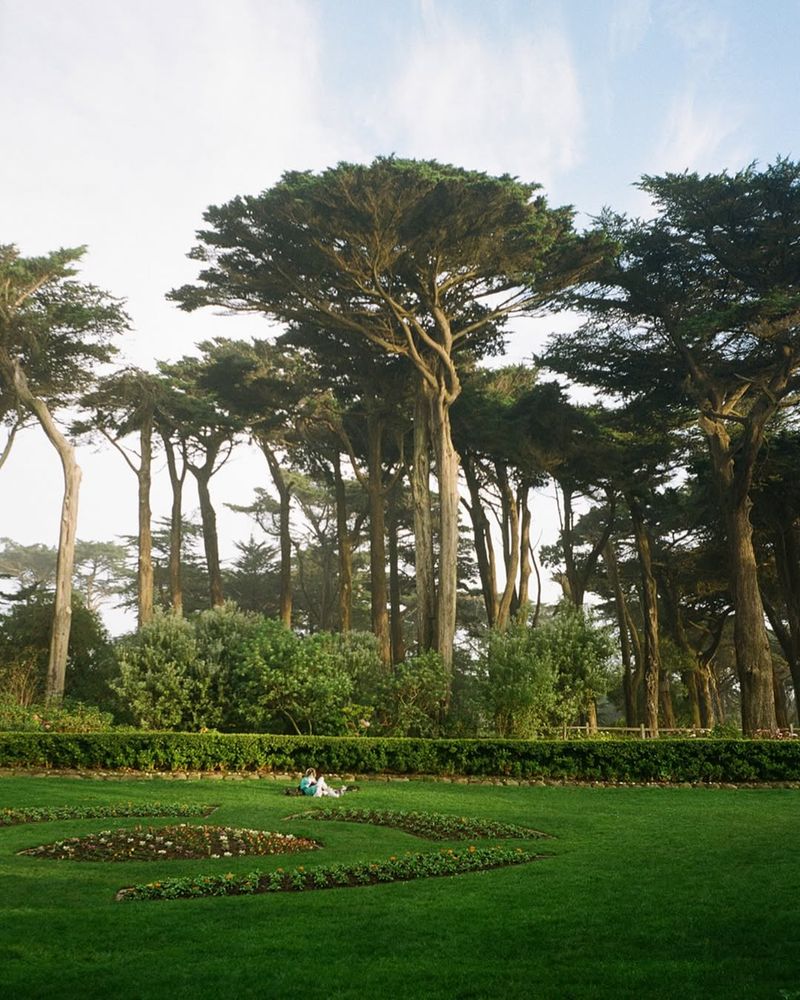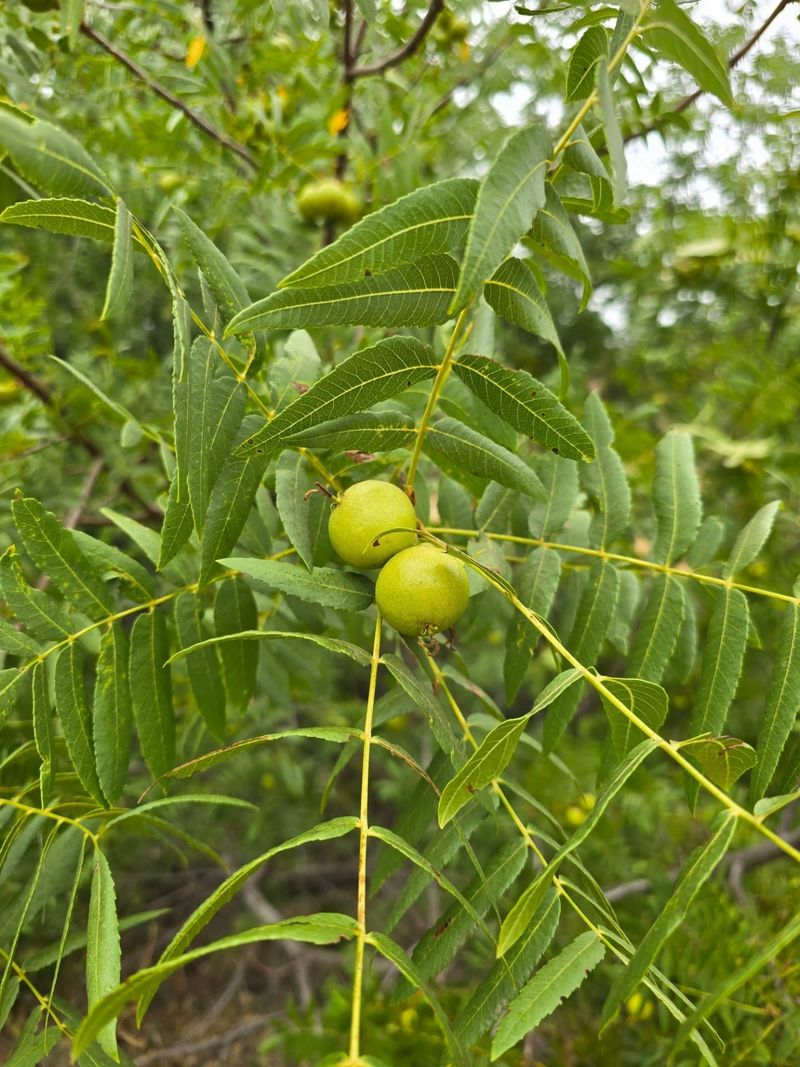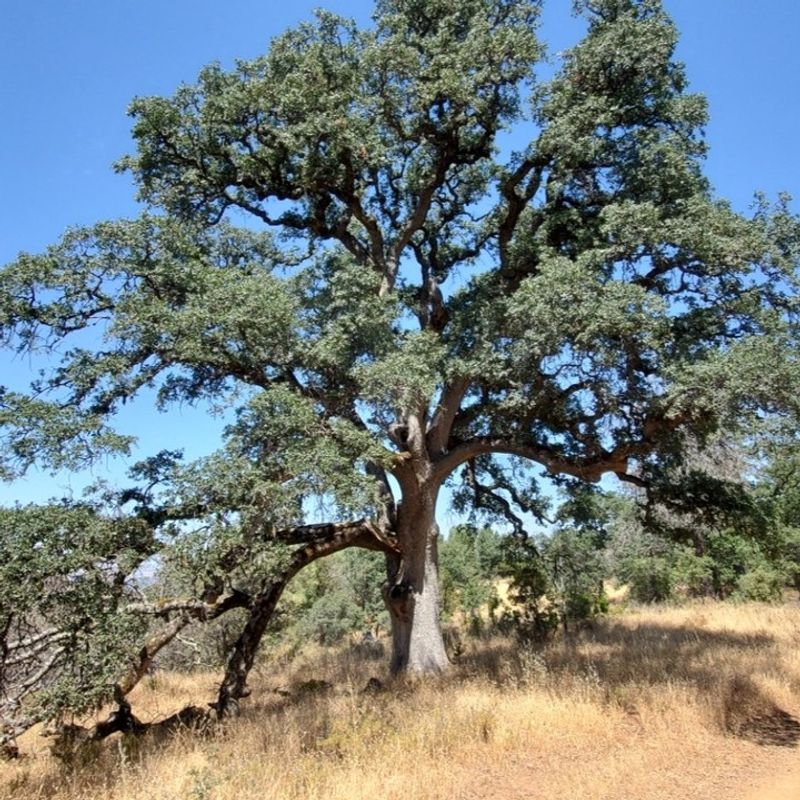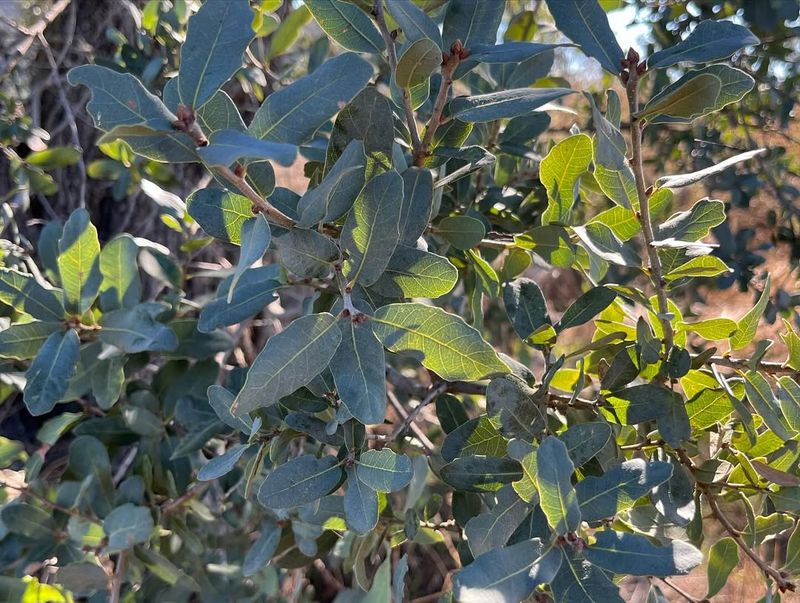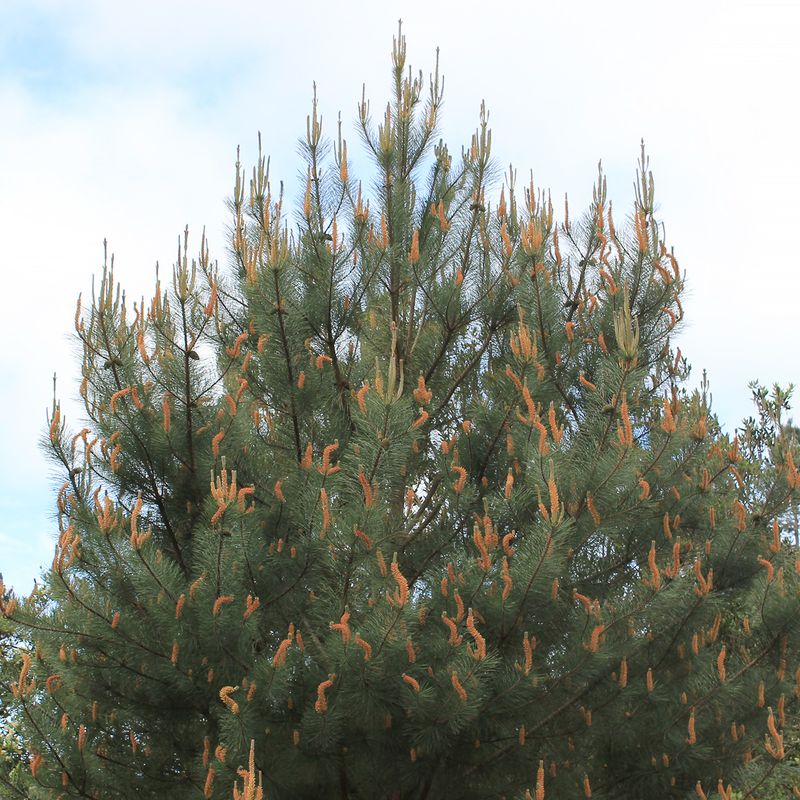Before you grab the chainsaw, take a step back — in California, not every tree is fair game. Cut down the wrong one, and you could be barking up the wrong tree and facing a hefty fine.
From protected giants to native treasures, here are 10 trees you’ll want to think twice about trimming.
1. Coast Redwoods: Giants Under Protection
Standing as the tallest trees on Earth, Coast Redwoods are California icons with special legal safeguards. Many local ordinances specifically protect these towering giants, with fines starting at $1,000 and climbing much higher depending on the tree’s size and age.
In urban areas, even redwoods on private property often require permits before removal. Their ancient status and critical role in California’s ecosystem make them particularly valuable in the eyes of environmental regulations.
2. Valley Oaks: Ancient Sentinels Of California
Valley Oaks hold special status throughout California’s central valleys. These magnificent trees can live over 600 years and are fiercely protected by county ordinances that impose penalties up to $20,000 for illegal removal.
With their sprawling canopies that can span 100 feet, Valley Oaks create vital wildlife habitat. Many towns require arborist reports, public hearings, and replacement plantings before allowing any Valley Oak to be cut, even on private land.
3. Joshua Trees: Desert Treasures Under Threat
Quirky and otherworldly, Joshua Trees recently gained candidate species status under California’s Endangered Species Act. Removing one without permits now carries penalties up to $10,000 per tree and possible criminal prosecution.
Their slow growth—just inches per year—makes them particularly precious. Found primarily in the Mojave Desert, these distinctive yucca plants face mounting pressure from development and climate change, prompting stronger legal protections across southern California counties.
4. California Live Oaks: Heritage Symbols With Legal Armor
Live Oaks serve as cornerstone species in many California ecosystems and enjoy robust legal protection. Most coastal communities have tree protection ordinances specifically naming these evergreen oaks, with penalties ranging from $5,000 to $25,000 per tree.
Their dense wood and year-round foliage made them historically important to indigenous peoples. Today, removing a Live Oak typically requires demonstrating that the tree poses a hazard or that preservation would create extreme hardship for the property owner.
5. Western Sycamores: Riparian Guardians Under Law
Western Sycamores with their distinctive mottled bark are strictly protected under California’s streambed alteration regulations. Removing these trees near waterways can trigger fines from both local agencies and the state Department of Fish and Wildlife.
Their roots stabilize stream banks and prevent erosion, making them ecologically valuable. Many municipalities require replacement planting at a 3:1 ratio or higher when sycamore removal is permitted, reflecting their importance to watershed health.
6. Monterey Cypress: Coastal Icons With Legal Shields
Naturally occurring in only two small groves near Carmel, Monterey Cypress trees enjoy extraordinary protection status. In their native range, unauthorized removal can result in fines exceeding $25,000 per tree, plus mandatory restoration costs.
With their wind-sculpted silhouettes, these trees have become symbols of the California coast. Even planted specimens outside their native range often receive protection under local heritage tree ordinances due to their cultural significance and increasing rarity.
7. Black Walnut Trees: Vanishing Natives With Strict Protection
California Black Walnuts face serious threat from development, earning them strong legal safeguards. Los Angeles County, in particular, imposes fines up to $10,000 per tree for unauthorized removal, plus potential criminal charges.
Once common throughout Southern California’s woodlands, these trees now exist in fragmented populations. Their nutritious nuts supported wildlife and indigenous communities for millennia. Most jurisdictions require expensive mitigation measures when development might impact these increasingly rare native trees.
8. Blue Oak: Central Valley Sentinels With Legal Protection
Blue Oaks create critical wildlife habitat across California’s foothills and enjoy special status in many counties. Removal without permits can trigger fines starting at $7,500, with higher penalties for larger specimens.
Their distinctive blue-green leaves and drought tolerance make them uniquely adapted to California’s climate. Development projects impacting Blue Oaks typically require environmental review under CEQA (California Environmental Quality Act), with mandatory mitigation measures to offset any losses.
9. Engelmann Oaks: Rare Treasures With Hefty Penalties
Among California’s rarest oak species, Engelmann Oaks have dwindled to less than 10% of their historic range. This scarcity has prompted exceptional legal protections, with fines starting at $15,000 for unauthorized removal in Southern California counties.
Their distinctive pale bark and blue-gray leaves make them easy to identify. Most remaining specimens are carefully mapped by conservation authorities. Even dead Engelmann Oaks often cannot be removed without permits due to their habitat value for woodpeckers and other wildlife.
10. Bishop Pines: Coastal Rarities With Legal Guards
Found naturally in just a few isolated coastal areas, Bishop Pines receive special protection status in counties like Marin and Santa Barbara. Unauthorized removal can result in fines of $5,000 or more per tree.
These fire-adapted conifers have closed cones that only open after wildfire, making their reproduction cycle fascinating but vulnerable. Local coastal zone ordinances frequently list Bishop Pines as protected species, requiring permits even for pruning large branches on private property.

